Velocity Based vs Percentage Based Training
Velocity-Based Training (VBT) has been the sexy training method the past few years. While it is an amazing tool to be able to use for a number of reasons, I think the blind trust in some of the ideas have gotten out of hand. My belief on VBT is that it will never replace percentage-based training for achieving force production improvements. It doesn’t need to. VBT enhances results from percentage based training.
Time and time again, VBT has shown to be a poor predictor of max strength levels, no matter how many VBT disciples tell you otherwise (Baynard, et al.). However, what it does do is drive intent behind each and every rep that would not otherwise be present. Especially in percentage ranges between 70-85% (my observation only).
It’s tough to know whether the athlete’s intent to move the weight quickly is absent unless there is a number staring you and the athlete in the face. With a focus on technique, this can make each rep higher in quality for highly trained athletes, not novices. This is one of the main limitations of Velocity-Based Training.
VBT In Training Youth vs Pros
Young athletes and adolescents shouldn’t worry about VBT, generally. Their focus needs to be on technique of movement, building mass and overall force production. As we discussed earlier, those are not strengths of the VBT method overall.
I use VBT techniques often with my pro athletes and far less often with the younger ones. Sometimes we like to pull out the Tendo to get the juices flowing, but bar speed isn’t our main focus in a training session. Quality of motion is the focus.
One of the benefits of VBT is that it can help prevent reaching fatigue thresholds in power work without recognition of it. It is also a great tool for testing CNS readiness. If an athlete is “down” from previous sessions on their bar speeds, we know that we need to back off for that session. Perhaps we focus on a different aspect of their training. If they’re “up”, we can infer that this may be a good time to push our athletes or “ride the wave” as we say here.
So, what is the answer? Plainly, it is that while VBT methods can be great for speed and power development, a test of nervous system readiness and its use as an overall accountability tool, we should exercise caution when applying it to youth athletes whose focus should be on quality of movement, then strength – not bar speed. We should also never use it as a gauge of force production and max strength as it is not reliable for that. VBT is great, but it is not replacing anything. It’s just another measure that can help us benefit our athletes.

Leave a Reply